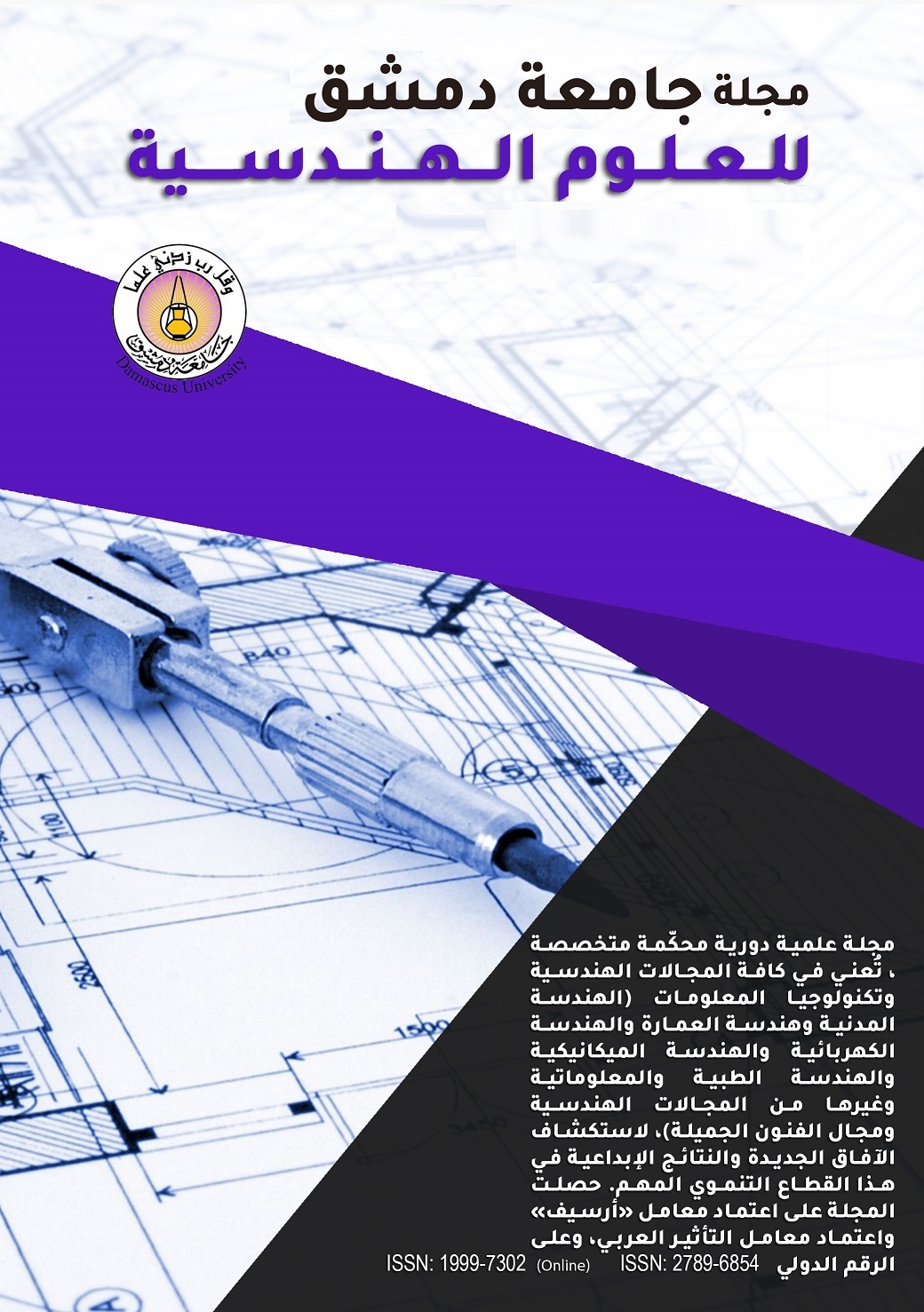The impact of using tangible and intangible heritage elements in the design of national pavilions for EXPO
Keywords:
Tangible heritage, intangible heritage, pavilions design, EXPOAbstract
Human civilizations can only flourish through cultural exchange. Therefore, the World Expo is one of the activities with a remarkable cultural and economic impact globally, and it also constitutes a wide field for the exchange of experiences and cultures through its national pavilions, as the Expo embodies the idea of (the world is a small village), and given the increasing importance To market the countries themselves and export their national identity across borders, which enhances their position globally, it has become necessary to find elements that distinguishes them and gives its own mark, which is most embodied in the tangible and intangible heritage elements that are unique to each country.
Moreover, because architecture is the mirror of the age and society, heritage is the basis on defining identity and its distinctive privacy, the research dealt with the issue of determining the relationship between the elements of heritage, both tangible and intangible, and the designs of the pavilions of the International Expo.
The aim of the research is to define heritage in its tangible and intangible parts, know its elements, and find the relationship between it and the Expo pavilions design and their areas of application by addressing different case studies from the Expo exhibitions.
Where the research found methods of applying inspiration from heritage elements in contemporary architecture, especially cultural exhibitions.

